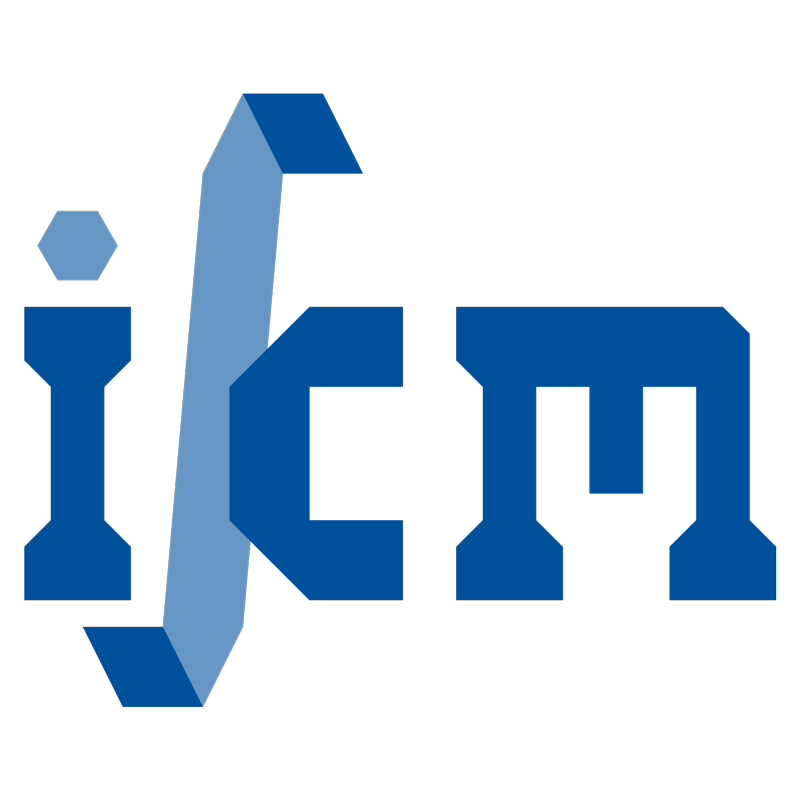Dynamic fracture investigation of concrete by a rate-dependent explicit phase field model integrating viscoelasticity and micro-viscosity
- verfasst von
- Lu Hai, Peter Wriggers, Yu jie Huang, Hui Zhang, Shi lang Xu
- Abstract
To investigate dynamic fracture mechanisms of quasi-brittle materials, this work proposes a rate-dependent phase field model that integrates both macroscopic viscoelasticity and micro-viscosity to reflect the rate effects by free water and unhydrated inclusions. Based on the unified phase field theory, the model introduces a linear viscoelastic constitutive relation in effective stress space to consider the macro-viscosity of the bulk material. Additionally, the micro-force balance concept is utilized with the micro-viscosity to derive a parabolic phase field evolution law that accurately describes the dynamic micro-crack development. Explicit numerical solution schemes are established for the governing equations by developing VUEL and VUMAT subroutines in ABAQUS. This eliminates the convergence issue in implicit phase field modelling. Four typical benchmarks are investigated to validate the proposed model for macroscale and mesoscale heterogeneous problems. It is found that the proposed model can well capture the crack branching, delaying characteristic of micro-crack growth, and increase of macroscopic strength under higher strain rates. Using real meso‑structures from CT images, the complicated dynamic behaviour of concrete is investigated which yields deeper insight into stress wave propagation, crack evolution and load-carrying capacities.
- Organisationseinheit(en)
-
Institut für Kontinuumsmechanik
- Externe Organisation(en)
-
Ocean University of China
North University of China
Zhejiang University
- Typ
- Artikel
- Journal
- Computer Methods in Applied Mechanics and Engineering
- Band
- 418
- Anzahl der Seiten
- 21
- ISSN
- 0045-7825
- Publikationsdatum
- 01.01.2024
- Publikationsstatus
- Veröffentlicht
- Peer-reviewed
- Ja
- ASJC Scopus Sachgebiete
- Numerische Mechanik, Werkstoffmechanik, Maschinenbau, Physik und Astronomie (insg.), Angewandte Informatik
- Elektronische Version(en)
-
https://doi.org/10.1016/j.cma.2023.116540 (Zugang:
Geschlossen)


